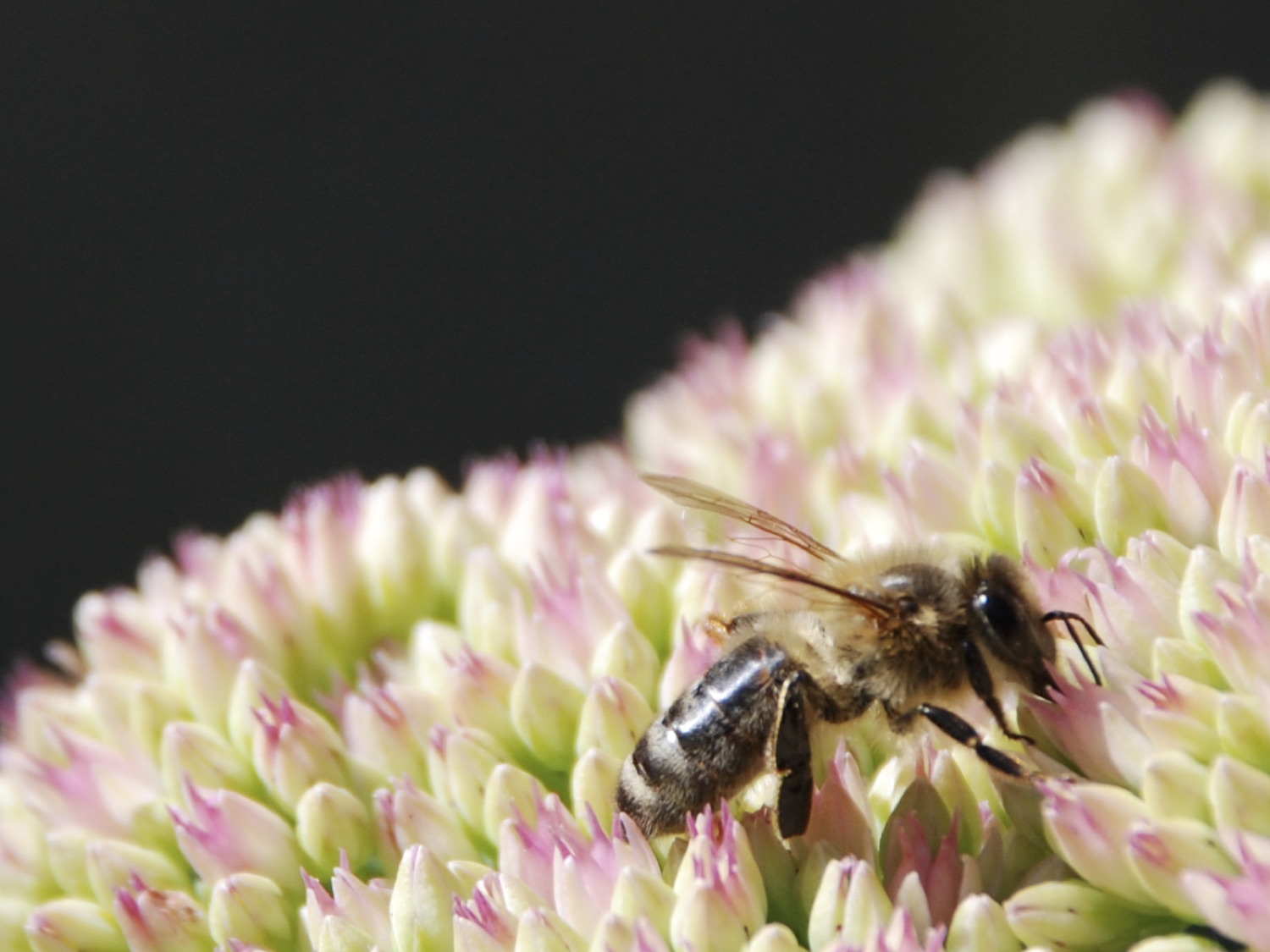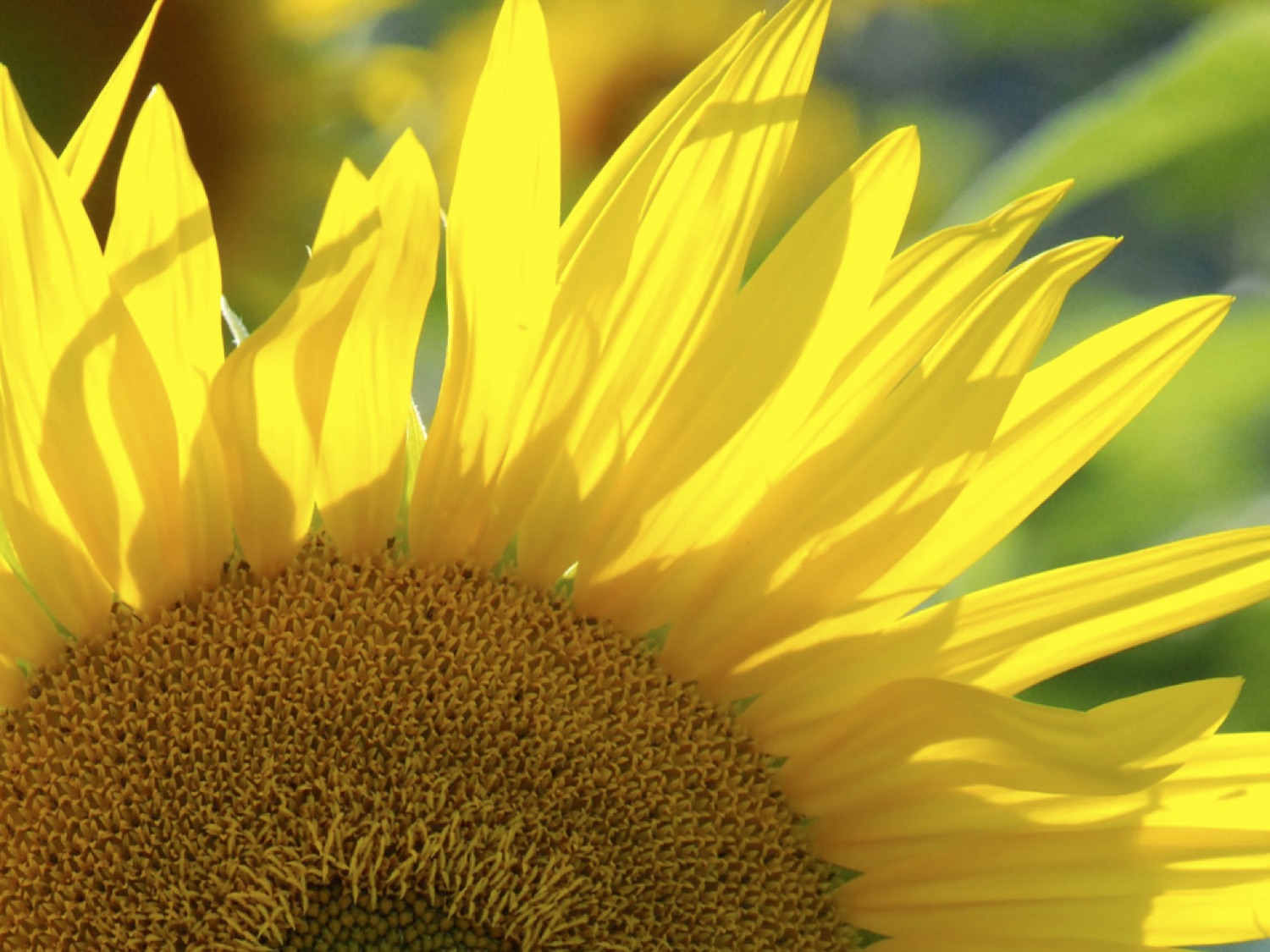Click here and press the right key for the next slide (or swipe left)
(This may not work on mobile or ipad. You can try using chrome or firefox, but even that may fail. Sorry.)
(If the slides don’t work, you can still use any direct links to recordings.)
also ...
Press the left key to go backwards (or swipe right)
Press n to toggle whether notes are shown (or add '?notes' to the url before the #)
Press m or double tap to slide thumbnails (menu)
Press ? at any time to show the keyboard shortcuts
Lecture 16:
Mind & Reality
\def \ititle {Lecture 16}
\def \isubtitle {Mind & Reality}
\begin{center}
{\Large
\textbf{\ititle}: \isubtitle
}
\iemail %
\end{center}
\section{Grue: Goodman’s Riddle}
\emph{Reading:} §Goodman, Nelson. Fact, Fiction, and Forecast. Harvard University Press, 1983. (https://scholar.google.co.uk/scholar?q=goodman+riddle), §Israel, Rami. ‘Two Interpretations of “Grue” - or How to Misunderstand the New Riddle of Induction’. Analysis 64, no. 4 (2004): 335–39.
Argument 1 (green)
1. All apples I have seen on my tree until now have been green
Therefore:
2. All apples on my tree will be green
grue
the things which are grue are exactly
those green things first observed before 2021
and
those blue things not first observed before 2021
Note: this green apple is grue and remains grue forever (because first observed before 2021).
Also note: No green apple grown after 2021 could be grue.
Argument 1 (green)
1. All apples I have seen on my tree until now have been green
Therefore:
2. All apples on my tree will be green
Argument 2 (grue)
3. All apples I have seen on my tree until now have been grue
Therefore:
3. All apples on my tree will be grue
Goodman’s Puzzle
Why is the left argument better than the right argument?
first idea
There is something wrong with grue.
It cannot be used in reasoning.
deductive argument
1. Nothing which is grue all over is also yellow all over
2. This is grue all over.
Therefore:
3. This is not yellow all over.
non-deductive argument
1. Ingrid likes to steal grue things.
2. My lunchbox is grue.
Therefore:
3. There is a risk Ingrid will steal my lunchbox.
first idea
There is something wrong with grue.
It cannot be used in reasoning.
Argument 1 (green)
1. All apples I have seen on my tree until now have been green
Therefore:
2. All apples on my tree will be green
Argument 2 (grue)
3. All apples I have seen on my tree until now have been grue
Therefore:
3. All apples on my tree will be grue
Goodman’s Puzzle
Why is the left argument better than the right argument?
/ex/TorF/qq/A green apple grown after 2021 could be grue|A green emerald first observed in 1999 is grue today|A green emerald first observed in 1999 will still be grue in 2022|A non-grue, green emerald was not first observed before 2021|A non-grue, green emerald would have been grue if it had been observed before 2021
\section{Why Grue Is Relevant}
\emph{Reading:} §Chapter 3 of Godfrey-Smith, Peter. Theory and Reality: An Introduction to the Philosophy of Science. Chicago: University of Chicago Press, 2003., §Godfrey-Smith, Peter. ‘Goodman’s Problem and Scientific Methodology’. The Journal of Philosophy 100, no. 11 (2003): 573–90., §Goodman, Nelson. Fact, Fiction, and Forecast. Harvard University Press, 1983. (https://scholar.google.co.uk/scholar?q=goodman+riddle)
‘What connection between an observation and a theory makes that observation evidence for the theory?
In some ways, this has been the fundamental problem in the last hundred years of philosophy of science.’
Godfrey-Smith, 2003 p. 39
Ans.1: The observation features in an abductive (or inductive) argument for the conclusion that the theory is true.
Q.2: What is the relation between the premises of an
abductive (or inductive) argument and its conclusion?
Argument 1 (green)
1. All apples I have seen on my tree until now have been green
Therefore:
2. All apples on my tree will be green
Argument 2 (grue)
3. All apples I have seen on my tree until now have been grue
Therefore:
3. All apples on my tree will be grue
Goodman’s Puzzle
Why is the left argument better than the right argument?
These arguments do not differ in form.
But one is a better inductive argument than the other.
‘no one can really believe that
the obviously accidental generalization 'all emeralds are grue' is confirmed
by its instances’
Israel, 2004 p. 338
Therefore, ‘what makes an inductive argument a good or bad one cannot be just its form’. (Godfrey-Smith, 2003 p. 53)
relate back to overall question
‘What connection between an observation and a theory makes that observation evidence for the theory?
In some ways, this has been the fundamental problem in the last hundred years of philosophy of science.’
Godfrey-Smith, 2003 p. 39
Ans.1: The observation features in an abductive (or inductive) argument for the conclusion that the theory is true.
Q.2: What is the relation between the premises of an
abductive (or inductive) argument and its conclusion?

Is inductive validity irreducible to deductive validity?
\section{Is inductive validity irreducible to deductive validity?}
1. There is a purely formal theory of deductive reasoning
2. If inductive reasoning could be reduced to deductive reasoning, there would be a purely formal theory of inductive reasoning.
But:
3. There is no purely formal theory of inductive reasoning [from grue]
Therefore:
4. Inductive reasoning cannot be reduced to deductive reasoning
We need to check attempts to provide a reduction ...
This is not a deduction.
But are we sure we cannot keep adding in premises?
(1) All Fs that are O are G.
(2) There exists no property C (other than G, and weakenings and strengthenings of G) such that:
(2.1) All Fs that are O are C,
(2.2) Some Fs are not C, and
(2.3) The Fs that are O are G because they are C.
Therefore:
(3) All Fs are
‘Jackson-Pargetter-Burgess’ from Godfrey-Smith, 2003 p. 577
Further Question
Is inductive validity reducible to deductive validity?
relate back to overall question
‘What connection between an observation and a theory makes that observation evidence for the theory?
In some ways, this has been the fundamental problem in the last hundred years of philosophy of science.’
Godfrey-Smith, 2003 p. 39
Ans.1: The observation features in an abductive (or inductive) argument for the conclusion that the theory is true.
Q.2: What is the relation between the premises of an
abductive (or inductive) argument and its conclusion?
\section{Confounding Grue}
\emph{Reading:} §Chapters 3 and 14 of Godfrey-Smith, Peter. Theory and Reality: An Introduction to the Philosophy of Science. Chicago: University of Chicago Press, 2003., §Godfrey-Smith, Peter. ‘Goodman’s Problem and Scientific Methodology’. The Journal of Philosophy 100, no. 11 (2003): 573–90., §Israel, Rami. ‘Two Interpretations of “Grue” - or How to Misunderstand the New Riddle of Induction’. Analysis 64, no. 4 (2004): 335–39., §Goodman, Nelson. Fact, Fiction, and Forecast. Harvard University Press, 1983. (https://scholar.google.co.uk/scholar?q=goodman+riddle)
biased sample
100% of those completing the survey said they would answer a survey.
Therefore:
Everyone would answer a survey.
1. I have run numerous traffic lights without accident
Therefore:
2. I can run these traffic lights without accident
3. I have never seen Ayesha stop for a red light
Therefore:
4. Ayesha will not stop for this red light
Still biased, but in a way that works against the conclusion.
(You are more likely to observe her stopping and live to
report this observation than
to observe her not stopping and live to report it.)
bias: you are more likely to report this observation than to report an observation involving an accident
(because you’d be injured or dead)
The Sad/Happy Story of the Beloved Ruler
Her subjects live in abject misery, but love their ruler with an uncommon intensity.
Being the object of her attention, even for a moment, makes them blisfully happy.
But only as long as they are the object of her attention.
Right after, they return to abject misery.
1. All the subjects I, the Beloved Ruler, have observed are blisfully happy.
Therefore:
2. All the subjects are blisfully happy.
bias: The process of observation is changing what I observe
Argument 1 (green)
1. All apples I have seen on my tree until now have been green
Therefore:
2. All apples on my tree will be green
Argument 2 (grue)
3. All apples I have seen on my tree until now have been grue
Therefore:
3. All apples on my tree will be grue
Goodman’s Puzzle
Why is the left argument better than the right argument?
Because of bias: whether the apples are grue depends on whether I (or anyone else) observed them.
‘Putting it loosely, the apples in the sample were affected, with
respect to their grueness, by the fact that they have been observed before
now. But that means we cannot extrapolate grueness from the sampled
apples to the unsampled ones.’
Godfrey-Smith, 2003
What does grue tell us?
1. There cannot be a formal theory of inductive reasoning.
2. Any theory of inductive reasoning has to consider sampling bias.

Proceedures and Observations
\section{Proceedures and Observations}
\emph{Reading:} §Chapters 3 and 14 of Godfrey-Smith, Peter. Theory and Reality: An Introduction to the Philosophy of Science. Chicago: University of Chicago Press, 2003., §Hempel, Carl G. ‘Studies in the Logic of Confirmation (I.)’. Mind 54, no. 213 (1945): 1–26., §Hempel, Carl G. ‘The White Shoe: No Red Herring’. The British Journal for the Philosophy of Science 18, no. 3 (1967): 239–40. https://doi.org/10.1093/bjps/18.3.239.
Recall the inconsistent triad.
1. Any observation of an instance is evidence for the generalisation.
2. Any evidence that confirms a generalisation also confirms any logically equivalent generalisation.
3. ‘I have often seen Ayesha stop for things other than red lights; therefore Ayesha will not stop for any red light’ is a bad argument.
But then how could we characterise the relation between an observation and a conclusion
when the observation is evidence for the conclusion?
Being an instance of the generalisation is necessary but not sufficient.
So what more is needed?
recall this argument
1. I have never seen Ayesha stop for a red light
Therefore:
2. Ayesha will not stop for any red light
If I want to confirm or refute this conclusion, what should I look for?
cases where Ayesha stops
or
cases where there is not a red light
If I see Ayesha stopping for a pedestrian, is this evidence for the conclusion?
Yes, if I am looking for cases where Ayesha stops
But not if I am looking for non-red-lights
conclusion
Whether an observation is evidence for a conclusion can depend on the procedure followed in making the observation.
‘If a card has a vowel on one side, then it has an even number on the other side.’
(Waison & Johnson-Laird, 1972)
Ayesha will not stop for any red light
The solution is: you need to turn over E and 7
First and third cards may be the same (both E-4), as may the second and third cards (both may be K-7)
Whether an observation is evidence for a hypothesis depends on the procedure we use in obtaining it.
‘Consider a particular observation of a Ayesha stopping for a pedestrian.
Does it tell us
anything about our hypothesis that Ayesha will not stop for any red light?
It depends on what procedure the
observation was part of.
If the stopping for a pedestrian was encountered as part of a
random sample of stoppings, then it is evidence.
[...]
But if the very same stopping is encountered in a sample of non-red-lights,
it tells us nothing. The observation is now part of a procedure that
cannot answer either question.’
Godfrey-Smith, 2003 pp. 215--6
conclusion
Whether an observation is evidence for a conclusion can depend on the procedure followed in making the observation.
\section{Conclusion on Induction}
\emph{Reading:} §Chapters 3 and 14 of Godfrey-Smith, Peter. Theory and Reality: An Introduction to the Philosophy of Science. Chicago: University of Chicago Press, 2003.

conclusion
In conclusion, ...
in conclusion ...
‘What connection between an observation and a theory makes that observation evidence for the theory?
In some ways, this has been the fundamental problem in the last hundred years of philosophy of science.’
Godfrey-Smith, 2003 p. 39
Ans.1: The observation features in an abductive (or inductive) argument for the conclusion that the theory is true.
Q.2: What is the relation between the premises of an
abductive (or inductive) argument and its conclusion?
Main Results
The relation between an observation and theory when the observation is evidence for the theory
was not Hume’s concern
cannot be characterisated in purely formal terms [from grue]
is not just a matter of the observation being an instance of the theory [from Hempel’s ravens/Ayesha’s traffic lights]
Bit negative so far don’t you think?
depends on how the observation is made: there must be no bias, and a good procedure must have been followed in making the observation.
I followed Godfrey-Smith
because I think good scientific practice is relevant to philosophical questions about reasoning.
But you might have your own ideas.
What is the best opposing theory?
Google scholar is your friend.




